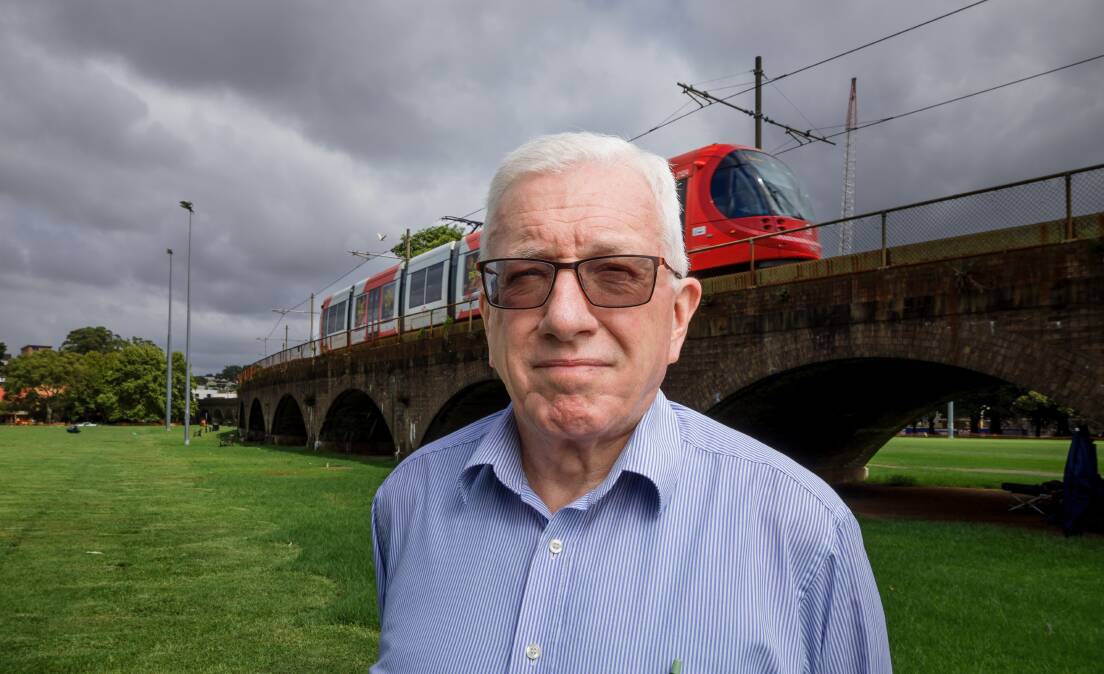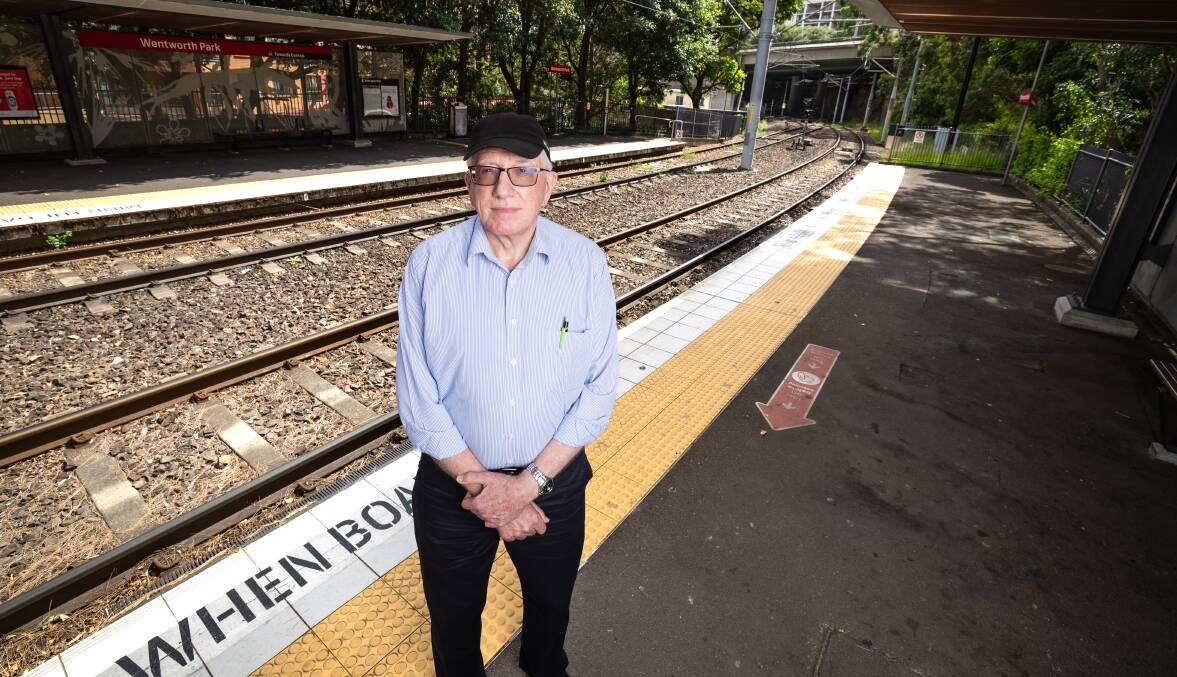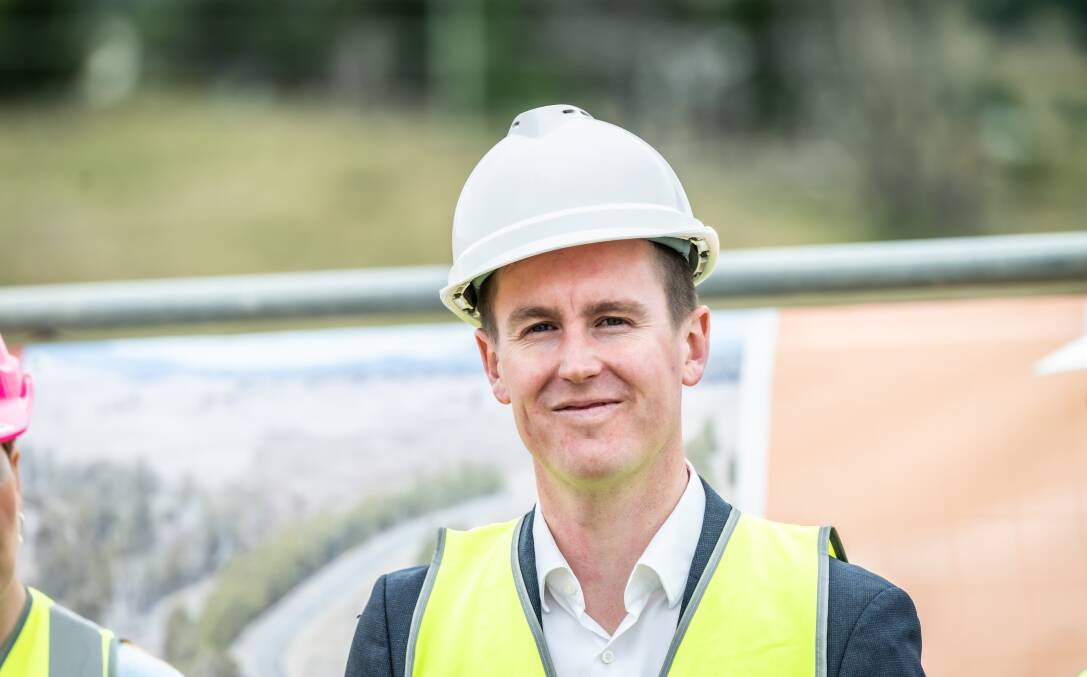The ACT government refused to meet representatives of a German railway company which believed it could have saved millions of dollars on the light-rail system in Canberra, according to the company's representative in Australia.
A senior executive from the Bavarian Kraiburg Strail group came to Australia and sought, but failed to get, a meeting, according to Rod Pomroy, managing director of STRAILastic Australia which represents the German company in Australia.
He believes the ACT government did not give the alternative German proposal a fair go, and in so doing opted for a much more expensive light rail system than ones proven elsewhere to be better value for taxpayers.
He said Kraiburg Strail had installed 300 kilometres of track in more than 60 cities in Europe. The company has installed more than 70,000 level crossing systems around the world.
Mr Pomroy said that the German company's international operations director wanted to present the case for the type of track used for trams in European cities and for heavier-duty train lines in Australia. The German executive left Australia and then sought a Zoom meeting but failed to get one, Mr Pomroy said.
The Australian engineer acting for the German company believed that the European style of track could have saved many millions of dollars on the construction of Canberra's light-rail line.
He thinks the system for track laying which was actually chosen is so expensive that it will doom any expansion of the current single line. His view is that the cost will blow out hopes of creating a true network, for example to Belconnen or, one distant day, to the train station or even the airport.
Stage 1A from Gunghalin to Civic is already in use. The 1.7-kilometre stage 2A to the edge of Lake Burley Griffin is being built. Stage 2B, on past Parliament to Woden, is yet to be started, with construction planned from 2028 and 2033.
In the Canberra tram system, rails are laid on long sections of reinforced concrete. In contrast, the Europeans often lay rails on ballast like gravel.
Mr Pomroy said the Canberra system is, therefore, much more costly in terms of money and to the environment because concrete has a very heavy carbon footprint.
The ACT government accepts that the European system would have been cheaper to build but says other factors, including the ongoing cost of maintenance would have been considered by the contractor it chose to build the line. It did not say that the system it chose was actually cheaper in the long term.
Mr Pomroy said he had written to ACT Transport Minister Chris Steel and Chief Minister Andrew Barr saying the European system could save the ACT taxpayer a lot of money. He estimates that the saving would have been millions of dollars.

After The Canberra Times sought comment from the ACT government, Mr Pomroy said he was finally given a short online meeting with people planning the final section to Woden.
He accepts that taking the line through the Parliamentary Triangle might mean expensive methods but says the line onward from Parliament to Woden could use the cheaper, European system.
His letter mentioned the final section of the line from Parliament to Woden, saying: "based on our European experience the government can make a considerable saving using standard low-cost ballasted track".
Mr Pomroy said that he never got a response.

He was also upset that the $575.3 million contract for the stage 2A extension to the lake went to the existing constructors of Stage 1 without open competition.
"We were very keen to bring our knowledge and expertise in this area to the Canberra Light Rail project," he said.
The ACT government told The Canberra Times that there was no open competition for Stage 2A because it was an "augmentation" of the existing track.
"The decision about how to augment the existing system by 1.7 kilometres was best done through engaging the incumbent who was currently successfully operating the stage 1 system," Ashley Cahif, the project director of light rail, Major Projects Canberra, said.
He said that the ACT government's task was to hire the people to design and build the system. How they did it was up to them.

"We mandated what the performance specifications were. How the contractor meets those specifications is a matter for them," he said.
The project director said that the Canberra light-rail system was world-class in terms of punctuality and frequency of tram journeys: "There is a world-class level of availability and reliability."
The ACT government is yet to say whether it will put construction of the next section of the tram line (Stage 2B over the lake, past parliament to Woden) out for competitive tender or to stick with the existing builders and designers.







